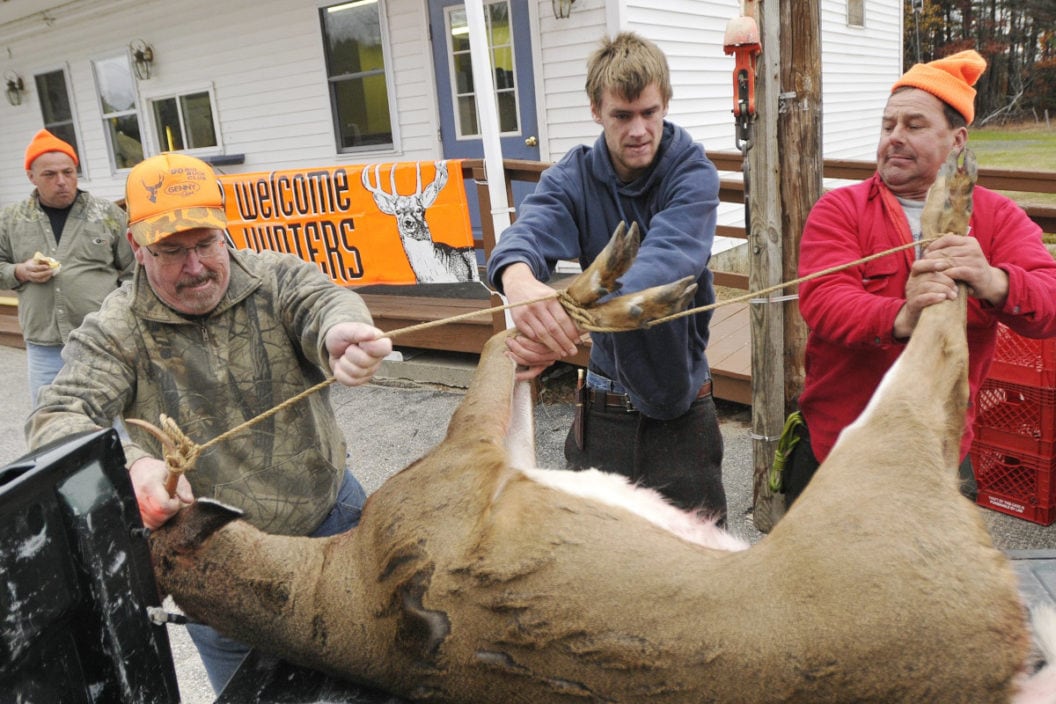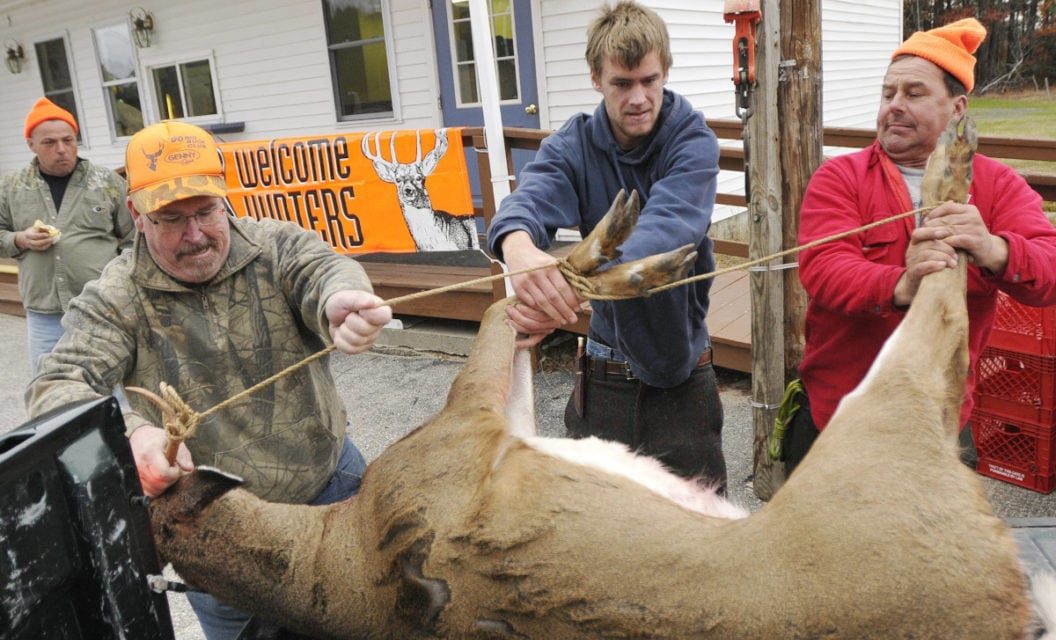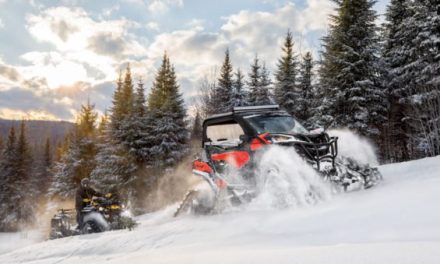
Harvesting a beautiful deer is every deer hunter’s dream for every season, but once you pull the trigger or let that arrow fly, the real work begins.
Some hunters prefer to process their deer themselves in a time-honored tradition, while others may not have the means or time to do all that skinning, grinding, cutting, and vacuum seal work. For those that choose not to process it themselves, finding a quality deer processor is a vitally important piece to a successful hunt. Contrary to popular belief, it’s more than just making a drop off and returning later to packages of delicious wild game meat.
When looking for a good deer processor, be willing to ask a lot of questions. Word of mouth and the experience of hunters will be your best friend. You want to know about cleanliness, getting your own meat back, packaging, products, and finally pricing.
Finding the right meat processing place can feel like a chore at times, but once you find the right one, you will be thankful that you put in that work. After all, deer hunting is hard work. You probably put a lot of time into the harvest of this animal. You owe it to the animal and yourself to get the best service possible so you can enjoy those roasts, backstraps, and other cuts all year-round. Don’t worry, we’re going to break down exactly what you need to look for in a good processor.
Word of Mouth
Hunters are a tight knit group that love to share stories and talk the trade. This can and should include talk about good deer processors. Many diehard hunters will opt to process their own deer, but some just don’t have the time, space, or means to process their own deer. We should be clear there is nothing wrong with either option.
Finding out about the experience of others is a solid way to find good wild game processing places in your area. Look at reviews on Facebook and processors’ websites. Another good place to look is reviews on Google. Ask other hunters questions about their experience with certain processors. Most will be honest about if they do a good job or not.
The experience and reputation of a deer processor will immediately be shown through these interactions with other hunters and through reviews. In most cases, the worst deer processors quickly go out of business. The cream usually rises to the top. The best stay in business for years and will often come up again and again in your search.
This can often start leading you in the right direction with your research into finding a good deer processor near you.
Cleanliness
This should be a given but you want to make sure that the processor you choose is clean and sanitary. Some deer processors are only open during the deer season, but that is no excuse for not having sanitary conditions at all times while in operation.
Don’t get fooled by just looking at a few pictures. This might take some in-person research to get a feel for their process and for the cleanliness of their operation. There are a few things to take note of while you are there.
Look to see how they handle deer and be aware of the smell that coincides with their shop. Yes, there is going to be deer smell and if you have been around a harvested deer, you will know the smell. But the smell should not curl your nose and smell rancid. If it does, move along. Take note of any temperature control measures they have in place. Good meat shops make sure to keep things nice and cool to keep the meat fresh.
Also, don’t be afraid to ask what their cleaning process and meat handling process is like. If the answers coming back are not satisfactory or the processor is unwilling to share, then it might be better to move on to the next processor.
The last thing you want to do is get sick from your own ground meat or snack sticks because the processor did not have sanitary conditions when processing the animal.
Getting back “Your Deer Meat”
This is probably the most frequently asked question and it’s a legitimate one that should be asked by every hunter. How does the processor ensure that I get the meat from my deer? Good processors use a tagging system in which the tag stays with the deer through the entire process of being butchered. You want the meat from the deer you brought in.
Now, there are some products that are pretty popular in the deer community that will not use just your meat. Things like summer sausage and meat sticks are usually processed in large quantities of ground venison for efficiency in the process. This is to be expected.
However, when it comes to your premium cuts and how you want your deer processed, you want to be sure that you get the deer meat you brought in when you pick it up at the end of the process.
Good processors will gladly share this information with you and explain how the tag travels with the deer through the entire process. Good processors will work to process a deer from start to finish before jumping to the next one to ensure there is no mix up of meat.
Be sure to ask about their tagging process and how they ensure that you get your deer when the process is finished.
Packaging & Return Time
When it comes to the packaging of your meat, you want to ensure that your frozen meat will last a long time in the freezer. Most processors have transitioned to using vacuum sealed bags. This ensures an airtight seal that will give your meat greater longevity in the freezer.
With premium cuts of meat, look for vacuum sealed meat wrapped in freezer paper that is taped and labeled well. Some processors only use vacuum sealed bags and skip the freezer paper. This is not a deal breaker, but it’s suggested that you wrap your premium cuts to stave off freezer burn.
Labeling is a big deal. There is nothing worse than trying to decipher faded or poorly marked labels when deciding what cut of meat to take out of the freezer. Be sure that things are labeled on all cuts of big game meat.
Also, be sure to find out roughly what the turnaround time will be on the processing of your deer. If they are good processors and busy, it should be a fairly quick turnaround time. Be sure that you know how they will communicate when your deer is finished and be timely in your pick up of your deer to help clear room in their freezer.
Products Offered
The product that deer processors offer to their clients is a big part of what they do. Some just offer the basic cuts and ground while others go above and beyond offering special custom meats like summer sausage and a variety of meat sticks and jerky with different flavors. Be sure that the processor you choose offers the meat cuts and products that you wish to get.
Just be aware deer processing of the basic cuts is usually one fee, and custom meats are often an added cost. Good processors will make their extra processing deer fees obvious up front. The best will let you pick and choose exactly how you want the animal prepped.
Pricing
Leaving this one for last might seem odd, but with the above mentioned considerations, price should be the last sticking point. A good deer processor is going to cost a few bucks and there is nothing wrong with that. In this case, you definitely pay for the quality that you get. Cutting corners at the price will only get you in trouble and leave you dissatisfied with the end product.
Look at all the hard work you put into your hunts. If you want quality from your processor, be willing to pay for it. You won’t regret it.
Big Picture
Take everything discussed here into consideration. Do your due diligence and investigate the deer processors in your area with a magnifying glass. Don’t be afraid to ask questions with depth and lay eyes on their process for yourself if you can.
Use word of mouth from others with experience with the processor well. But ultimately go with the choice of deer processor that feels right to you and that you feel the most comfortable with overall after considering all of your options. Usually, once you find the right one, you won’t need to look for a new one for years afterwards.
READ MORE: EVERYTHING YOU NEED TO PROCESS AN ENTIRE DEER BY YOURSELF
The post Deer Processors: What To Look For In A Good One appeared first on Wide Open Spaces.
















